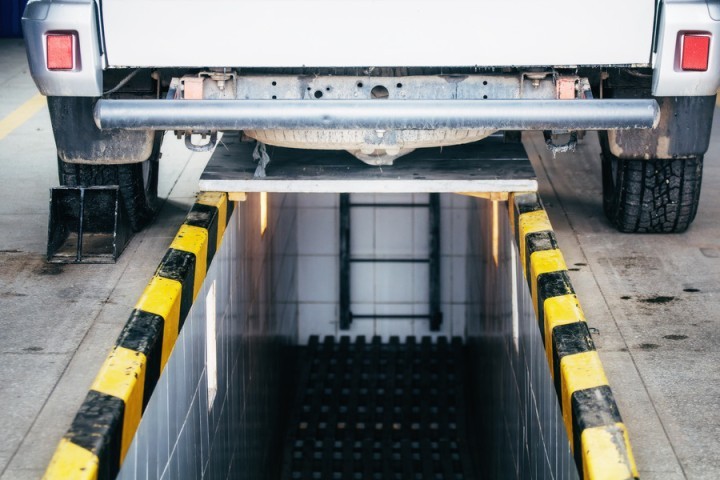Vehicle inspection pits are a common feature in many commercial garages, transport depots, and Motor Vehicle Repair (MVR) establishments. However, their presence brings certain risks, particularly related to falls from height, which necessitates stringent safety measures.
Understanding the Risks of Vehicle Inspection Pits
One significant risk associated with vehicle inspection pits is the potential for falls. Being below ground level, these pits are categorised as a 'Fall from Height' under the Work at Height Regulations 2005. The Health and Safety Executive (HSE) highlights falls from heights as a leading cause of workplace injuries and fatalities. Therefore, it's crucial for employers, self-employed individuals, and anyone overseeing work at height to adhere to these regulations.
Key Strategies for Fall Prevention
To mitigate the risks associated with vehicle inspection pits, a comprehensive risk assessment should be conducted. This assessment should encompass measures to guarantee the safety of the steps and ladders that provide access to the pit, as well as strategies to prevent falls. It is worth noting that the majority of accidents in this particular scenario are a result of inadequate management practices rather than equipment malfunction.
Pit Location and Usage
Automobile inspection pits are commonly found in settings where regular access to the underside of vehicles undergoing inspection is essential. This includes commercial garages and various transportation facilities. Such pits are indispensable for inspecting a diverse range of vehicles, from buses and trucks to locomotives used in the railway sector.
The Danger of Uncovered Pits
An exposed pit poses a considerable danger. The existence of oil spills and other mechanical fluids can heighten the likelihood of accidents involving slips and falls, resulting in severe injuries. This peril is magnified in inadequately illuminated garages or those housing suspended vehicles.
Innovative Solutions: GRP Grating Covers
An efficient approach to avoid falls involves employing covers for inspection pits. While conventional materials such as timber or metal grilles are moderately effective, they come with their own set of obstacles, such as weight and the possibility of causing minor falls when being placed or removed.
The Limitations of Wooden Planks
Wooden planks, a conventional option, are no more deemed suitable for concealing inspection pits. Concerns associated with wood encompass its proneness to splinter, decay, and pose a slipping risk due to liquid absorption. Moreover, their weighty and unwieldy characteristics render them impracticable for frequent utilisation.
The Optimal Solution: GRP Anti-Slip Grating
In order to mitigate these risks, the utilisation of GRP (Glass Reinforced Plastic) Anti-Slip Grating presents itself as a superior resolution. Its exceptional durability, lightweight composition, prominent visibility, and anti-slip characteristics render it an optimal selection. Additionally, GRP grating promotes improved cleanliness, visibility, and ventilation within the pit, while also providing superior resistance against chemicals. Its strength is suitable for pedestrian traffic, and its manageable weight (19.5kg per square meter) guarantees effortless handling.
Prioritising Safety with the Right Tools
To summarise, ensuring the safety of both employees and visitors in areas with vehicle inspection pits is of utmost importance. By utilising GRP Grating covers, organisations can effectively minimise the chances of accidents and injuries, thereby creating a safer and more productive work environment. This goes beyond mere regulatory compliance and emphasises the proactive measures taken to protect the well-being of all individuals involved.






















